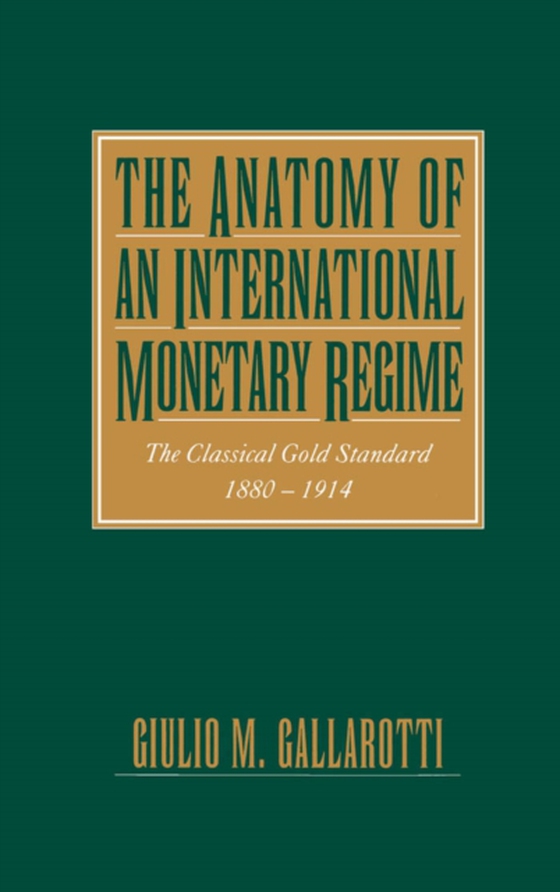
Anatomy of an International Monetary Regime e-bog
875,33 DKK
(inkl. moms 1094,16 DKK)
Widely considered the crowning achievement in the history of international monetary relations, the classical gold standard (1880-1914) has long been treated like a holy relic. Its veneration, however, has done more to obscure than to reveal the actual nature of the era's monetary system. In The Anatomy of an International Monetary Regime, Giulio M. Gallarotti addresses the nature of the classic...
E-bog
875,33 DKK
Forlag
Oxford University Press
Udgivet
16 marts 1995
Genrer
3JH
Sprog
English
Format
pdf
Beskyttelse
LCP
ISBN
9780195358230
Widely considered the crowning achievement in the history of international monetary relations, the classical gold standard (1880-1914) has long been treated like a holy relic. Its veneration, however, has done more to obscure than to reveal the actual nature of the era's monetary system. In The Anatomy of an International Monetary Regime, Giulio M. Gallarotti addresses the nature of the classical gold standard in its international context, offering the first comprehensive and systematic treatment of the subject. Three fundamental questions are essential to the discussion: How did the regime originate? How did it work? Why did it persist? Gallarotti uses an interdisciplinary approach that draws upon politics, economics, and ideology to explain the answers. He challenges traditional assumptions about the period, arguing that cooperation among nations or central banks was not a principal factor in either the origin or stability of the system, and that neither the British state nor the Bank of England were the leaders or managers of the gold standard. Rather, a decentralized process involving the status of gold, industrialization and economic development, the politics of gold, and liberal economic ideology provided converging incentives for starting and maintaining the system. Gallarotti's study presents the most comprehensive and interdisciplinary examination available of the nature of monetary relations in the four decades before World War I. His important, revisionist view will alter the way we think about a crucial period in the growth of the international monetary system. It will be essential reading for scholars and students of economic history and policy.
 Dansk
Dansk

